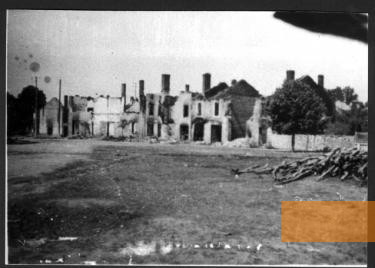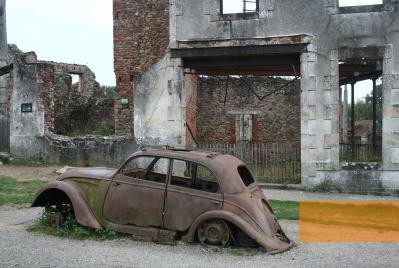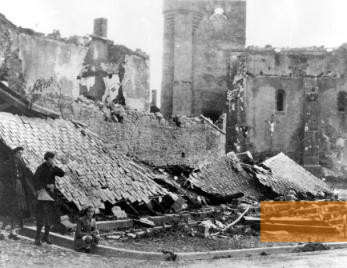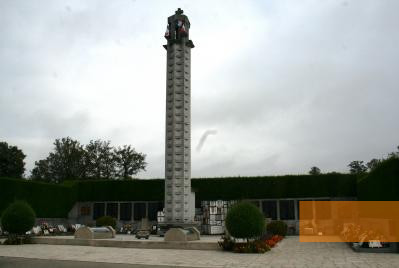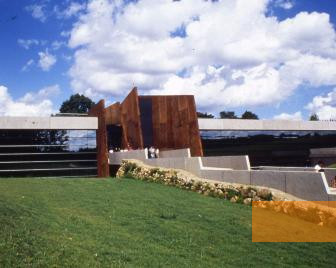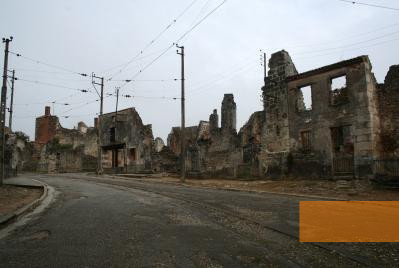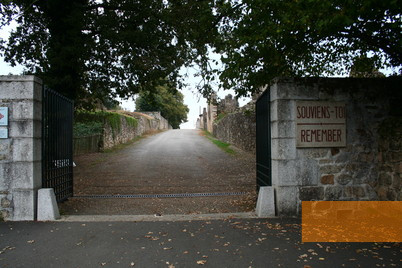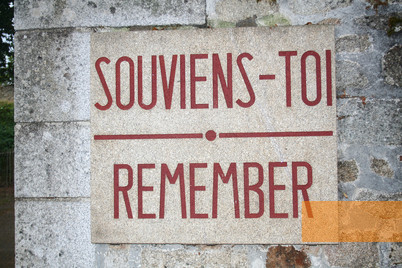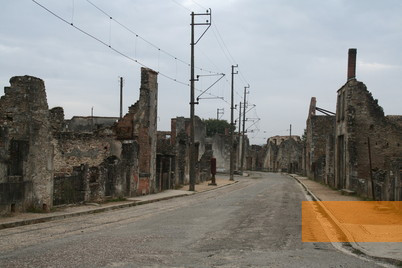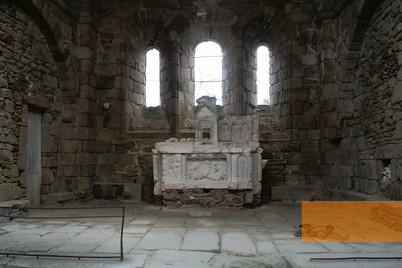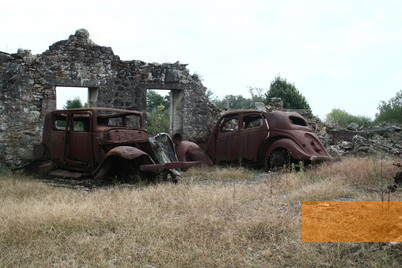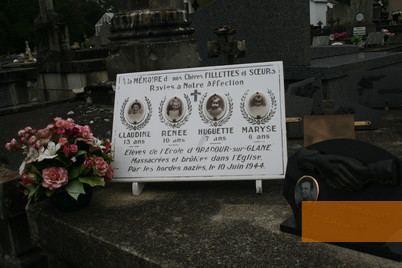The »Centre de la Mémoire Oradour-sur Glane village martyr« in central France is dedicated to the 642 children, women and men, who were murdered by members of the Waffen-SS in the commune of Oradour on June 10, 1944. The memorial centre was opened in 1999 by French president Jacques Chirac. The ruins of the original village are part of the memorial.
Since 1940, the north of France had been under German occupation; from 1942 on, Southern France too was occupied by German forces. A large resistance movement against the occupation formed. On June 6, 1944, the Allies landed on the coast of Normandy with the aim of liberating France and defeating National Socialist Germany. On June 8, 1944, two days after the landing, the German Wehrmacht Command in the West (OB West) issued an order by which harsh and merciless measures were to be taken against the French resistance; this also applied to the SS troops stationed on-site. Similar standing orders had previously enabled Wehrmacht and SS units to commit crimes against civilians extensively in other occupied regions as well. On June 9, 1944, SS troops reached the city of Limoges, where most probably on the morning of June 10 the decision was taken to invade the village of Oradour-sur-Glane and vicinity. According to a later account by an eye-witness, conducting supposed »reprisal measures« by burning down the village and murdering its residents was planned from the outset. Until today it is not known why Oradour - where no significant resistance activities had taken place - was targeted. A unit of the »Das Reich« SS division forcibly gathered the residents of Oradour on the village square. The men were shot in barns and garages; the women and children were burned alive in the church. Afterwards, the village was looted and set on fire. A total of 642 people perished.
A total of 642 people were murdered in the massacre of Oradour-sur-Glane. The men were shot, the women and children were burned alive in the village church.
The memorial comprises several parts: the preserved ruins of the old village, two monuments - one state memorial and one set up on an initiative of victims' relatives - and the memorial centre. The building of the memorial centre, opened to the public in 1999, was designed by Yves Devraine, who had previously already designed the memorial in Caen, as well as architects Jean-Louis Marty and Antonio Carrilero. The structure, which is made of glass, concrete and steel, is half-lowered into the earth. It is located between the preserved ruins of the old village and the new village, built after 1945. The concrete and steel components were kept in their raw state, symbolising the brutality of the massacre. The building comprises rooms for a permanent exhibition, a library and an archive. The curators of the historical exhibition wished to emphasize the context of the crimes Oradour by presenting information on German crimes all over Europe as well as looking at the causes for the rise of National Socialism in Germany.
- Name
- Centre de la mémoire Oradour-sur-Glane village martyr
- Phone
- +33 (0)5 554 304 30
- Fax
- +33 (0)5 554 304 31
- Web
- http://www.oradour.org
- oradour@oradour.org
- Open
- February 1 to 28: 9 a.m. to 5 p.m., March 1 to May 14: 9 a.m. to 6 p.m., May 15 to September 15: 9 a.m. to 7 p.m., September 16 to October 31: 9 a.m. to 6 p.m., November 1 to December 15: 9 a.m. to 5 p.m.
- Possibilities
- Documentation centre on World War II, archive (open to students and researchers upon request), publications, educational department


